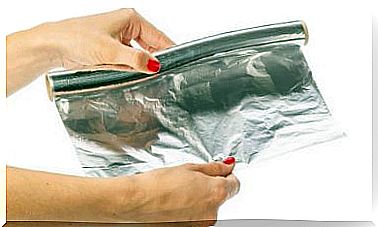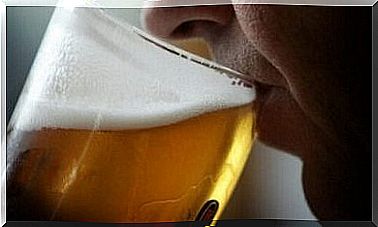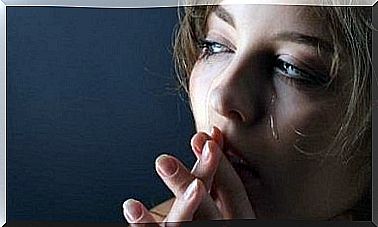What Is Bronchoscopy And What Is It For?
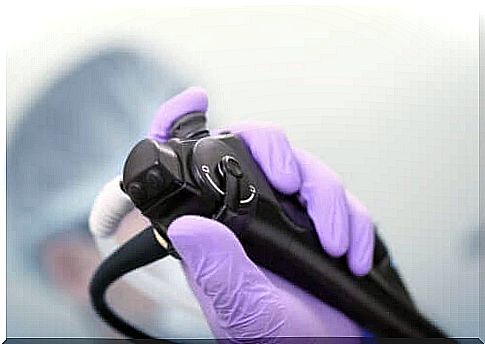
Bronchoscopy is a diagnostic test that has been used since the end of the 19th century. It allows us to see the airways right down to the thick bronchi. In addition, it can even be used to treat certain diseases.
Over time, this technique has developed significantly. Previously, it was made with a rigid steel pipe. However, an elongated, flexible device that is easier to handle is currently used.
Bronchoscopy is one of the basic tools in pulmonology and is used very often. Therefore, in this article, we explain everything you need to know about this technique and how to do it.
What is bronchoscopy?
Bronchoscopy, as we mentioned in the introduction, is a procedure that enables visualization of the respiratory tract. It aims to diagnose or treat certain respiratory diseases.
To perform it, a bronchoscope is used. It is a tube about 60 centimeters long that is inserted through the nostrils or through the mouth. This tube consists of some kind of camera at the end that allows the inside of the airway to be viewed simultaneously on the screen.
In addition to the camera, the bronchoscope allows you to introduce other elements into the examined area. For example, tools for taking tissue samples or removing a foreign body from the respiratory tract. Currently, flexible bronchoscopes are used most often.
It allows you to reach the more inaccessible parts of the bronchus and leaves a certain margin of movement. However , a rigid bronchoscope is also still used. Especially when there is bleeding or when there is a large foreign body in the airways.
When is bronchoscopy indicated?
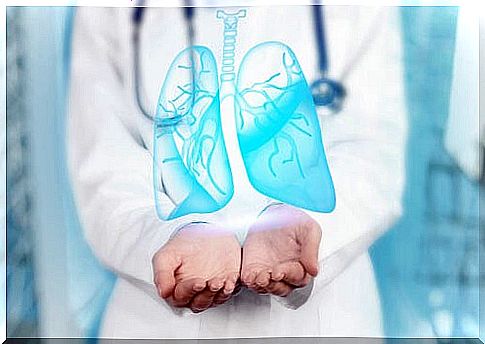
Bronchoscopy is a technique that is often used to diagnose possible lung diseases. Therefore, it is usually performed on people who have respiratory symptoms, such as coughing, shortness of breath, or symptoms of an infection.
It is generally used when other diagnostic tests have failed to find the cause of the underlying pathology. Moreover, it should be emphasized that it is also a therapeutic tool. The main indications for bronchoscopy include the following situations:
- Removal of disturbing foreign bodies from the respiratory tract.
- Taking a sample of pulmonary or bronchial tissue: bronchoscopy is used in this case to identify the cause of an infection or to make a histological diagnosis.
- Cancer diagnosis: in fact, according to research published in Cuban Journal of Military Medicine , bronchoscopy is the best method when there is cancer suspicion.
- Stop bleeding: by laser techniques or electrocoagulation.
- Widening of the airways: where they are narrowed.
Bronchoscopy – how is it performed?
Bronchoscopy is an unpleasant technique for the patient. The procedure itself usually takes from half an hour to an hour. However, it requires preparation and a subsequent recovery time, so it can often take longer.
To avoid complications, bronchoscopy is sometimes performed under general anesthesia. Especially when using a rigid bronchoscope as it is more invasive for the patient. In other cases, only sedatives are given to calm the patient down and relax the muscles.
Usually the patient is sitting or lying on the table. To perform bronchoscopy, heart rate and oxygen levels must be monitored at all times. The bronchoscope can be inserted through the nose or through the mouth. This should be done slowly and avoid sudden movements.
In some cases, another, additional tube is inserted through which the saline solution is administered. In this way, the mucus present in the airways is eliminated and better tissue samples can be obtained. Sometimes, as we pointed out earlier, dilators called stents are also introduced.
The bronchoscope should be removed after the goal of the procedure has been achieved. To do this, the doctor gently pulls the tube while gradually pulling it out.
Recommendations before performing bronchoscopy
While it is true that bronchoscopy can be performed urgently, in many cases surgery is also performed in a planned manner. In such cases, it is important to take into account all the recommendations issued by a specialist doctor.
As this is a procedure that involves a risk of bleeding, anticoagulant medications should usually be avoided for several days before surgery. Patients are advised to wear comfortable clothes and come to the procedure with a loved one.
Although general anesthesia is not required in all cases, medications used to calm a patient may make you feel sleepy or light-headed. Therefore, it is recommended that someone be allowed to accompany the patient after the intervention.
During the procedure
Since general anesthesia is not administered in most cases, the person undergoing this technique is usually awake and can work with the doctor. Therefore, the doctor may ask questions about any discomfort the patient may be experiencing.
After treatment
After bronchoscopy, it is important to provide time to rest and monitor the patient’s condition. Complications, such as bleeding, may even appear some time after surgery. Therefore, it is recommended that the patient is observed for at least several hours.
In addition, the anesthetics also stop working during this time. It is normal to feel discomfort and numbness at this point. It is also not recommended to eat or drink anything in the hours following bronchoscopy.
Most people have a sore throat or cough. However, if you experience shortness of breath, coughing up blood or a fever, you must see your doctor.
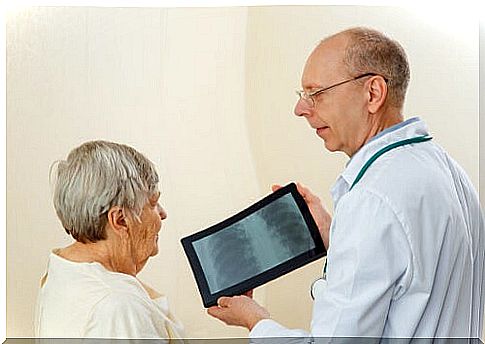
Risks associated with the bronchoscopy procedure
Like any other medical intervention, bronchoscopy comes with risks. However, complications are rare. In fact, they are most often the result of the anesthesia used for the procedure, not the technique itself.
Bronchoscopy is often used in children. This is because quite often they swallow small objects that get stuck in the airways, clogging them.
Therefore, it should be emphasized that this technique is considered safe and has high diagnostic efficiency at this stage of life. This is confirmed by a study published in Pediatric Surgery
According to the Mayo Clinic, the possible risks of such an intervention include bleeding, lung collapse, and fever. Bleeding is usually self-limiting and is most often self-limiting. Lung collapse occurs when the lung gets punctured during bronchoscopy and air builds up around it.
Bronchoscopy is a fundamental technique in pulmonology
Bronchoscopy is a relatively simple procedure that offers great diagnostic and therapeutic benefits. It usually does not cause complications and is performed in most cases without general anesthesia.
It is one of the most important cancer diagnosis techniques. It is also very useful in pediatrics when a child has swallowed a small object that is stuck in the airways. Such situations happen relatively often. In addition, bronchoscopy allows for more and more therapeutic activities.


